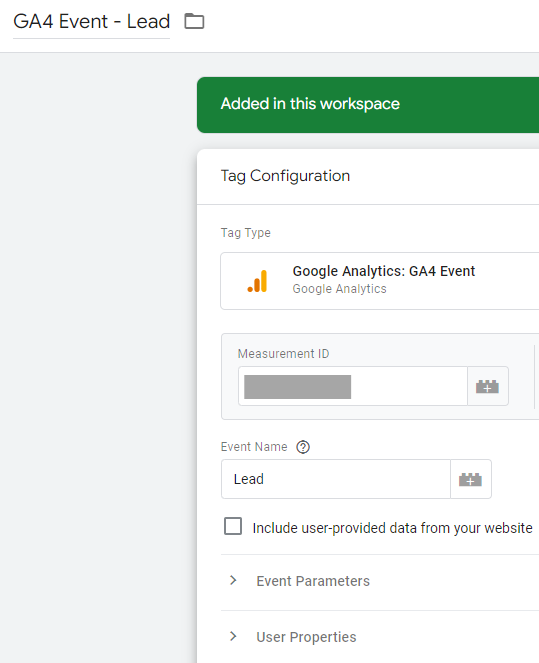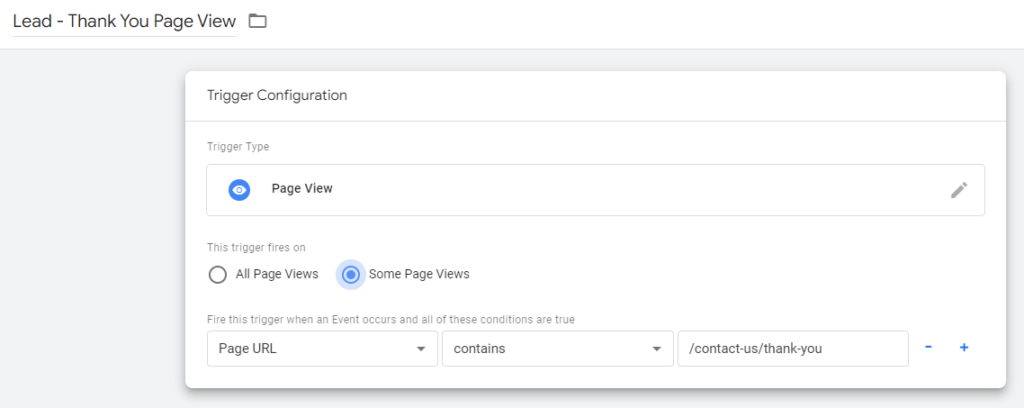In the realm of digital marketing, success is often measured by various metrics, with Click-Through Rate (CTR) standing out as one of the most crucial. But what exactly is CTR, and why does it matter? In this blog post, we’ll unravel the mystery behind CTR and explore its significance in the world of online advertising.
What is Click-Through Rate (CTR)?
Click-Through Rate, commonly abbreviated as CTR, is a metric used to measure the effectiveness of an online advertising campaign. It represents the percentage of users who click on a specific link or ad after viewing it. In simpler terms, CTR is the ratio of clicks to impressions, where impressions refer to the number of times the ad was displayed.
Why is Click-Through Rate (CTR) Important?
CTR serves as a key indicator of the performance and relevance of an ad. A high CTR indicates that a significant portion of users who saw the ad found it compelling enough to click through to the destination link, whether it’s a website, landing page, or another piece of content. Here are a few reasons why CTR is important:
1. Measures Ad Effectiveness: CTR provides valuable insights into how well an ad resonates with its target audience. A high CTR suggests that the ad’s messaging, visuals, and targeting are aligned with user interests and preferences.
2. Impacts Ad Rank and Cost: In platforms like Google Ads, CTR is a factor in determining ad rank and cost-per-click (CPC). Ads with higher CTRs are often rewarded with better placements and lower costs, as they are considered more relevant and valuable to users.
3. Drives Traffic and Conversions: Ultimately, the goal of any advertising campaign is to drive traffic and conversions. A high CTR indicates that the ad is effectively driving users to take action, whether it’s making a purchase, signing up for a newsletter, or downloading a resource.
How to Calculate Click-Through Rate (CTR)?
Calculating CTR is relatively straightforward. The formula for CTR is:
CTR= (Clicks/Impressions)x100%
For example, if an ad received 500 clicks and 10,000 impressions, the CTR would be calculated as follows:
CTR= (500/10,000)x100%=5%
Tips for Improving Click-Through Rate (CTR):
1. Craft Compelling Ad Copy: Write engaging ad copy that highlights the benefits of your product or service and includes a clear call-to-action (CTA) to encourage clicks.
2. Use Relevant Keywords: Incorporate relevant keywords into your ad copy and targeting to ensure that your ads are displayed to users who are actively searching for your offerings.
3. Experiment with Ad Formats: Test different ad formats, such as text ads, display ads, and video ads, to see which performs best with your target audience.
4. Optimize Landing Pages: Ensure that the landing page users are directed to after clicking the ad provides a seamless and relevant experience, aligning with the ad’s messaging and offering.
5. Refine Targeting: Continuously refine your targeting parameters based on audience demographics, interests, and behaviors to reach the most relevant users.
Click-Through Rate (CTR) is a cornerstone metric in digital marketing, offering invaluable insights into the efficacy of advertising endeavors. Mastering the nuances of CTR empowers marketers to fine-tune their campaigns for heightened performance, leading to increased traffic, conversions, and the fulfillment of overarching business objectives. Additionally, incorporating services such as GA4 audit and education can further refine CTR optimization strategies, ensuring campaigns are not only impactful but also aligned with the latest analytics standards and best practices.






